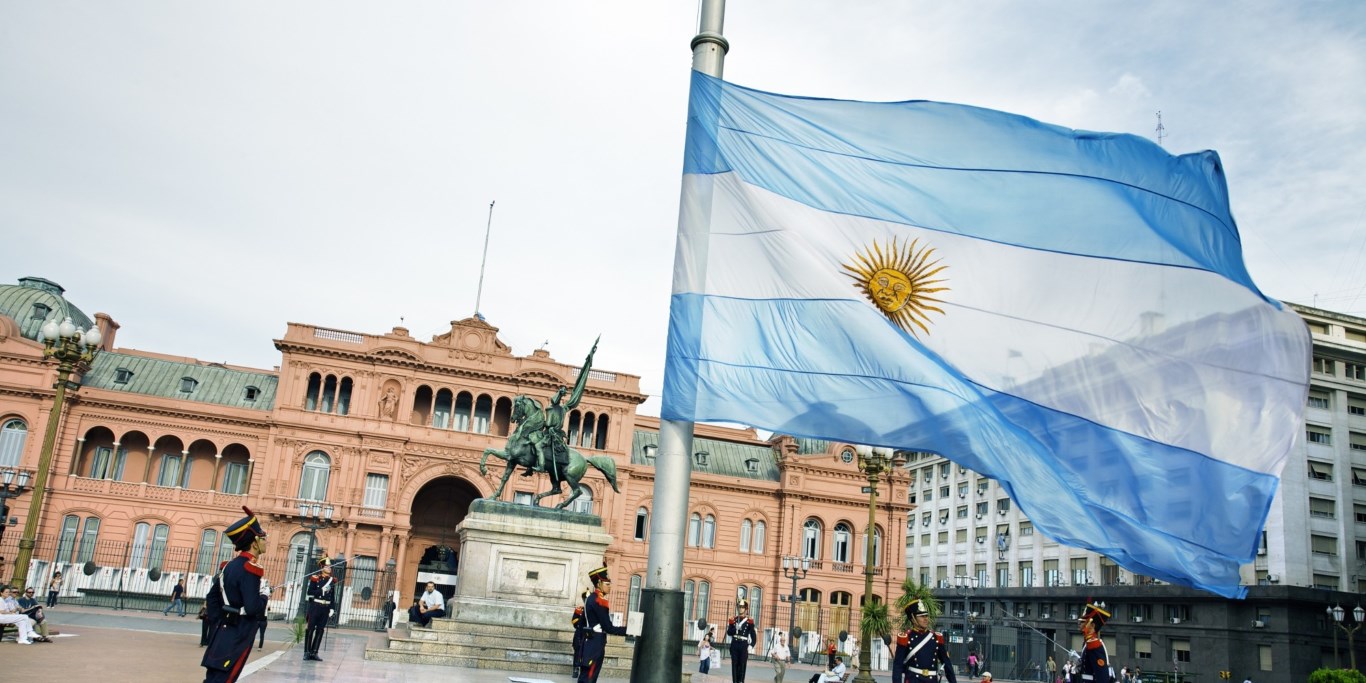IMF’s $50 billion loan to Argentina
June 8, 2018 | Expert Insights

International Monetary Fund agreed to lend Argentina a $50 billion stand-by loan over three years to aid the ailing economy on the 7th of May.
The loan must be now approved by the IMF board on the 20th of June.
Background
‘The Land of Silver,’ Argentina is the 8th largest country in the world with an expansive coastline with a diverse landscape varying from Andean glaciers to the Pampas grasslands. The largest land border is shared with Chile to the West.
The area now known as Argentina was relatively sparsely populated until Spanish colonisation in the 16th century. The country gained independence in 1810 and the first stable nationwide government was founded in 1862. Argentina soon implemented new agricultural technologies, organizational strategies, and foreign investments to help grow its economy and from 1880 to 1930, it was one of the world's ten wealthiest nations.
The interwar years and the opening of the Panama Canal led to a disruption of trade and investment within the country. The 1930s Great Depression severely affected Argentina’s agricultural output and resulted in a series of coups that ended in the 1980s. Argentina adopted a free-market approach in the 1990s.
Argentina's economy is based on an abundance of natural resources, a highly literate population, and an export-oriented agricultural sector. Although Argentina is an industrialised country, its exports continue to be dominated by agricultural products. Current economic practices are directly derived from the Peronist populist ideology which upholds the juxtaposition of labour unions with industrialisation. Argentina saw a reversal in growth trends that the country has been unable to reel from. This has popularly been studied as the “Argentine Paradox.”
The Macri administration has sought to improve export competitiveness and encourage foreign investment since being voted to power in 2015. The government implemented reforms to open up the Argentine economy including a unified, floating exchange rate, adjustment of tariffs and subsidies, reduction of export taxes, and deregulation of the economy to make the country more attractive to foreign investment.
In 2016, the World Bank downgraded Argentina from a high-income to upper-middle-income economy. As of 2017, the economy was growing at 2.5%, and public debt was approximately 54% of GDP. The Peso has fallen 25% against the dollar since the beginning of 2018. Argentina appealed to the International Monetary Fund (IMF) for an emergency credit package of $30 billion in May.
Analysis
The increase in the issuance of Lebac (Letras del Banco Central, or Central Bank Notes) in the initial period of Macri’s administration has further contributed to financial misery. These short-term bonds with a yearly interest rate of 29% mature in little over a month making it an easy and profitable investment. The surge in investments saw a rapid decline after US announced an increase in their interest rates. The Peso lost nearly a quarter of its value soon after. The Argentine economy’s dependence on commodity market booms helped in initial stabilisation, but long term sustained growth requires the stability of the Peso.
In May, Argentina increased their interest rates to 40% in the hopes of raising the value of the Peso and attracting foreign investments. However, structural reforms ought to be introduced immediately before the high interest rates stimulates the double-digit inflation. The reforms can be implemented with the $50bn deal.
“Argentina will seek to reduce its fiscal deficit to 1.3% of gross domestic product in 2019, down from 2.2% previously,” treasury minister Nicolás Dujovne said at a press conference. President Mauricio Macri said that Argentina’s request for a “high-access stand-by arrangement” from the IMF would allow Argentinians to “face the new global scenario and avoid a crisis like the ones we have faced before in our history.” However, many Argentinians have been skeptical of IMF since they were denied financial support during the 2001 crisis.
This staff-level agreement will be subject to approval by the IMF’s Executive Board, which will consider Argentina’s economic plan in the coming days. According to an IMF press release, “The authorities have indicated that they intend to draw on the first tranche of the arrangement but subsequently treat the loan as precautionary.”
During the financial crisis of 2001, Argentina imposed the corralito, freezing bank accounts, and forcing those with dollars to convert their accounts into devalued pesos. Those who lost property and cash fear the return of the corralito. However, the Congress has passed a bill which delays the President from removing basic welfare programs.
The country has also agreed to separate loans with the Inter-American Development Bank, the World Bank, and the CAP development bank for a total of $5.65 billion in additional financing.
Assessment
Our assessment is that IMF’s rescue package for Argentina with a standby agreement over $50bn has clearly brought a life line back to the economy. We believe that the bond market will rally as the country has sufficient capacity to service its debts. The deal, when approved, will be attached to conditions to bring down inflation.








Comments